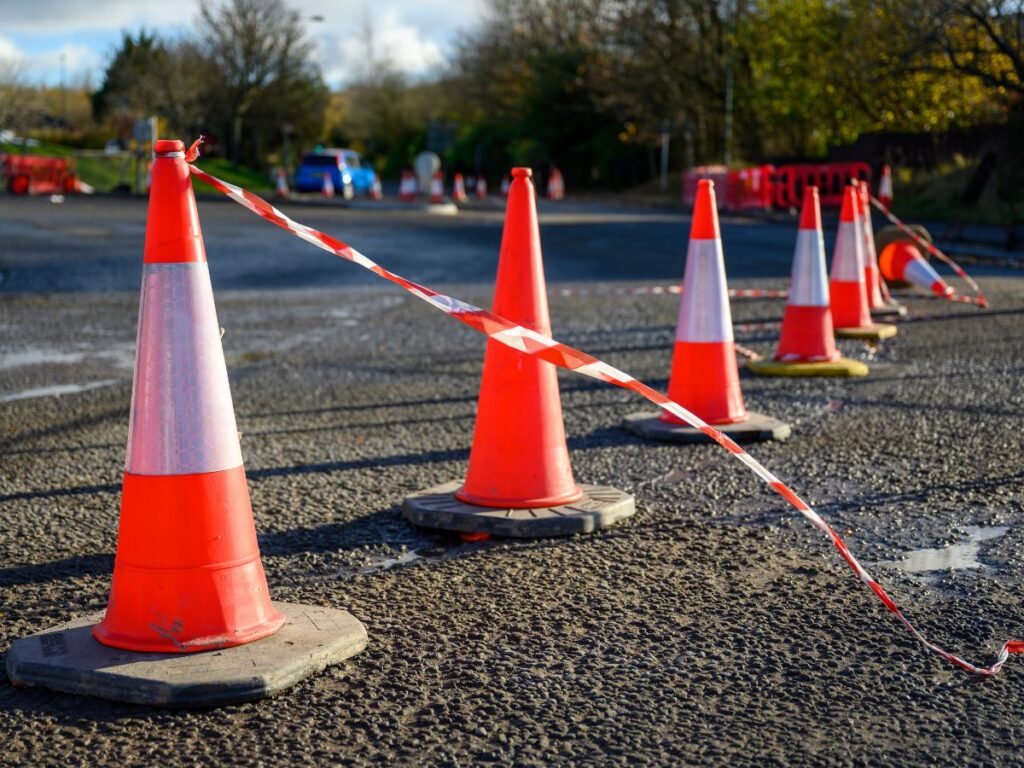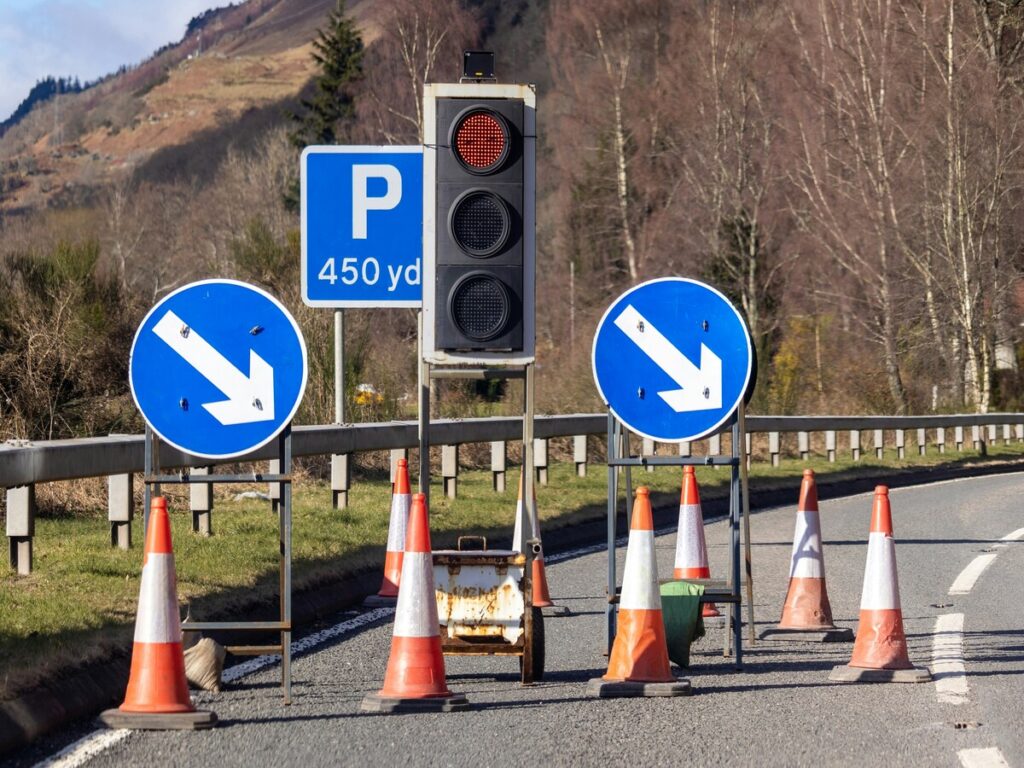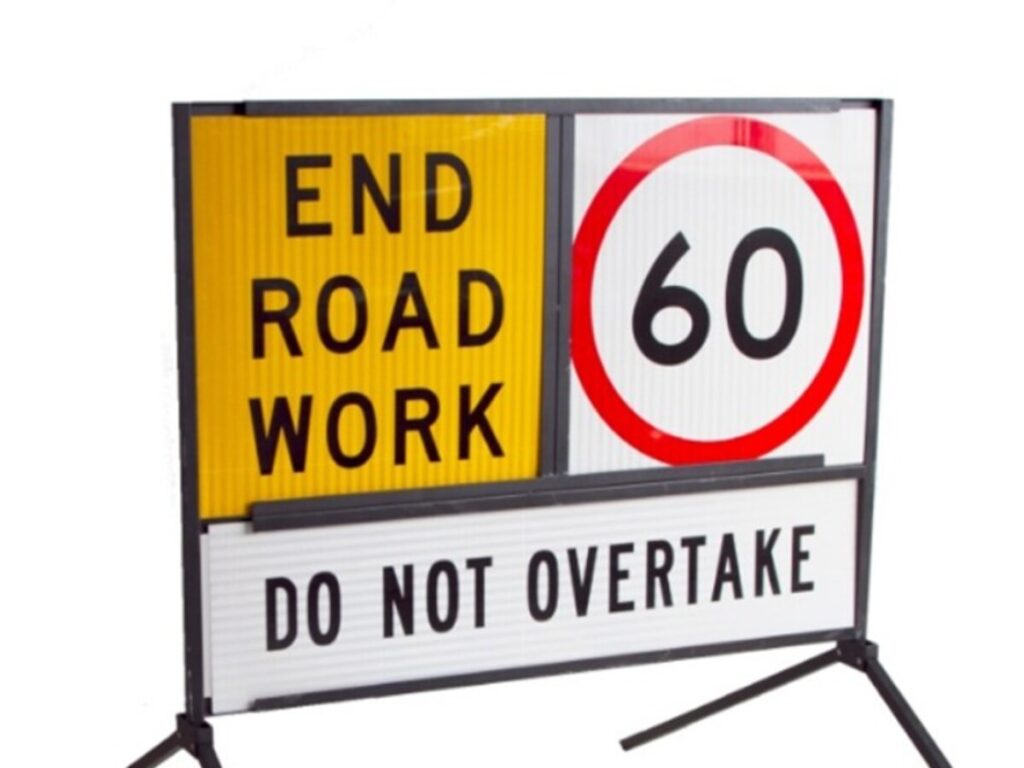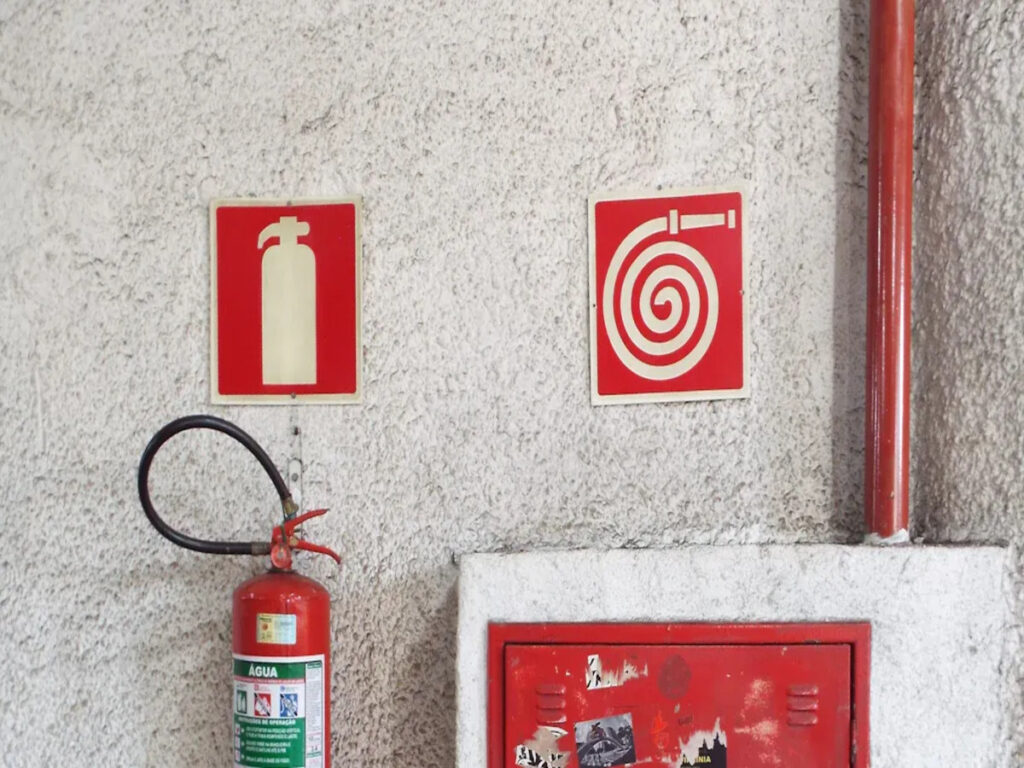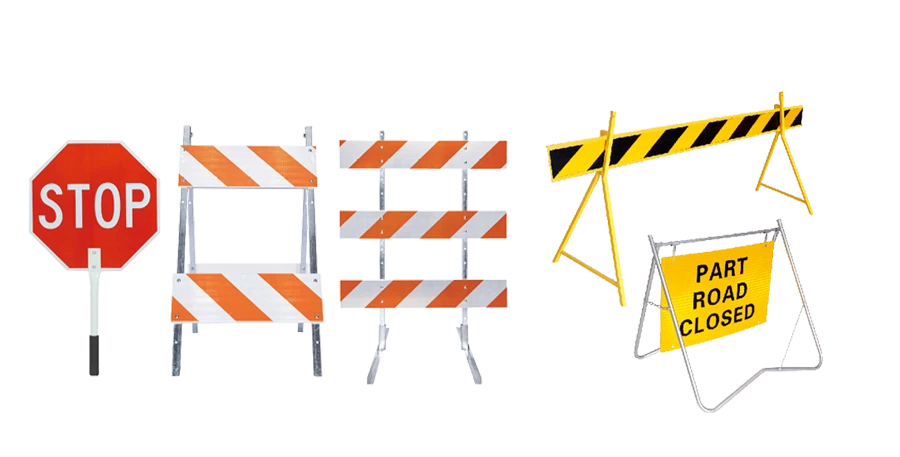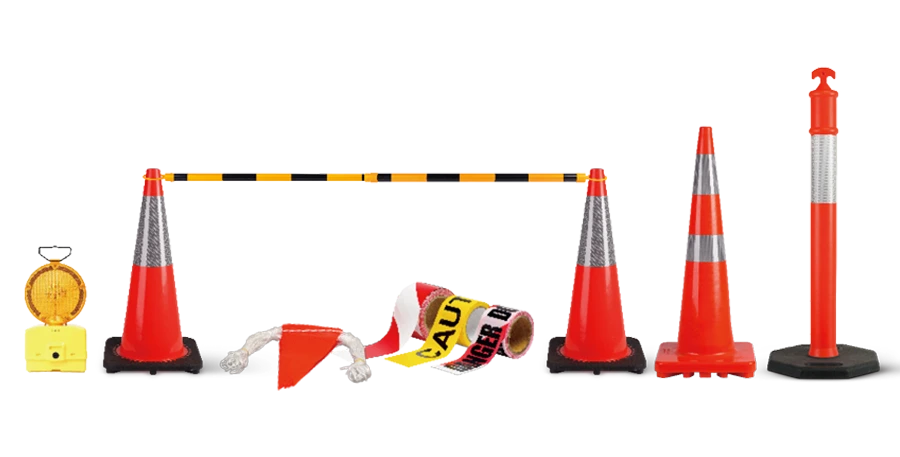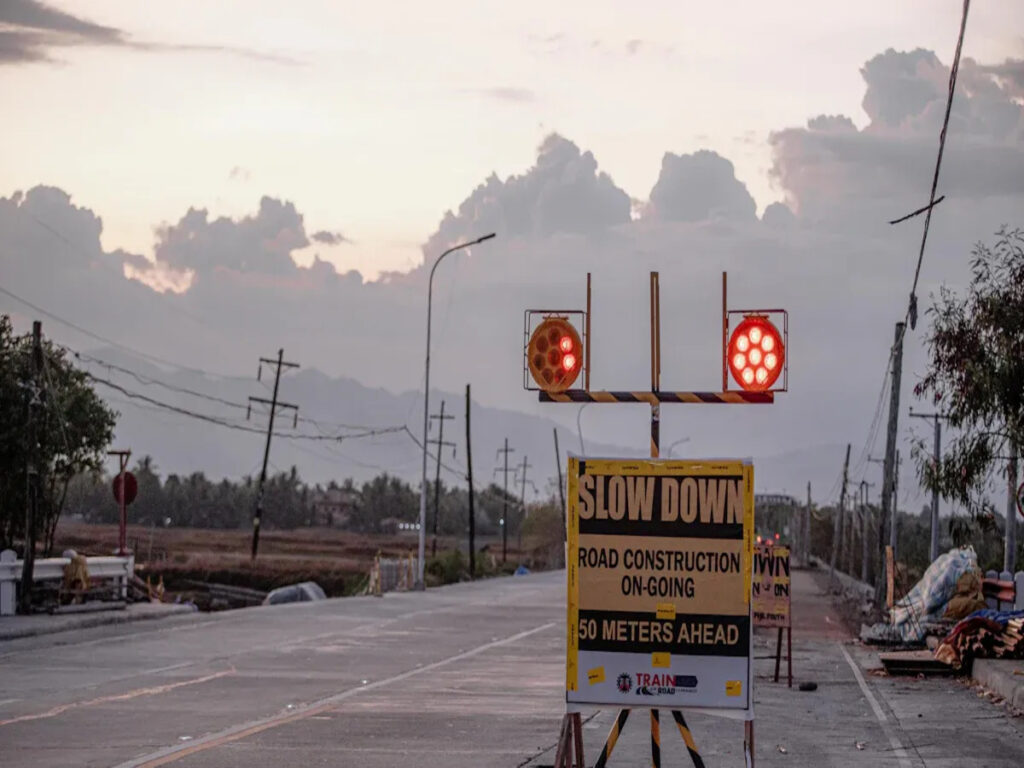
Выбор правильной рамки дорожного знака важен. Материал, который вы выбираете, влияет на то, насколько сильна и долгое время. Хорошие материалы справляются с плохой погодой, нужно меньше исправления, и длиться дольше. Для городских дорог или краткосрочного использования, Знание вариантов помогает вам выбрать с умом. Вы можете сбалансировать качество, расходы, и легкая настройка. Выбор лучший материал для вашей дорожной каркаса заставляет знаки хорошо работать и длиться долгое время.
ОПТРАФИК предлагает широкий спектр Рамки дорожных знаков для продажи Сделано из долгов, Высококачественные материалы, предназначенные для выдержания различных погодных условий и обеспечения длительной производительности. Ищете ли вы кадры для городских дорог или временных настройки, Наши продукты разработаны для надежности и простоты использования. Выберите Optraffic для кадров дорожного знака, которые обеспечивают как силу, так и ценность, Сохраняя ваши знаки в верхнем состоянии на долгие годы.
Ключевые выводы
- Выберите алюминий для прочных дорожных знаков. Это свет, сильный, и не ржавеет, Сделать это отличным для любой погоды.
- Используйте сталь для больших, тяжелые знаки. Он содержит большие знаки, но нуждаются в покрытиях, чтобы остановить ржавчину.
- Выберите пластик для краткосрочных знаков. Это дешево и просто в использовании, но не длится в плохую погоду.
- Перейти с композитными материалами для зеленых проектов. Они сильны, часто делается из переработанных вещей, И нужен небольшая забота.
- Подумайте о потребностях своего проекта, прежде чем выбирать материал. Такие вещи, как сила, цена, и атмосфера поможет вам решить.
Общие материалы для рамы дорожного знака
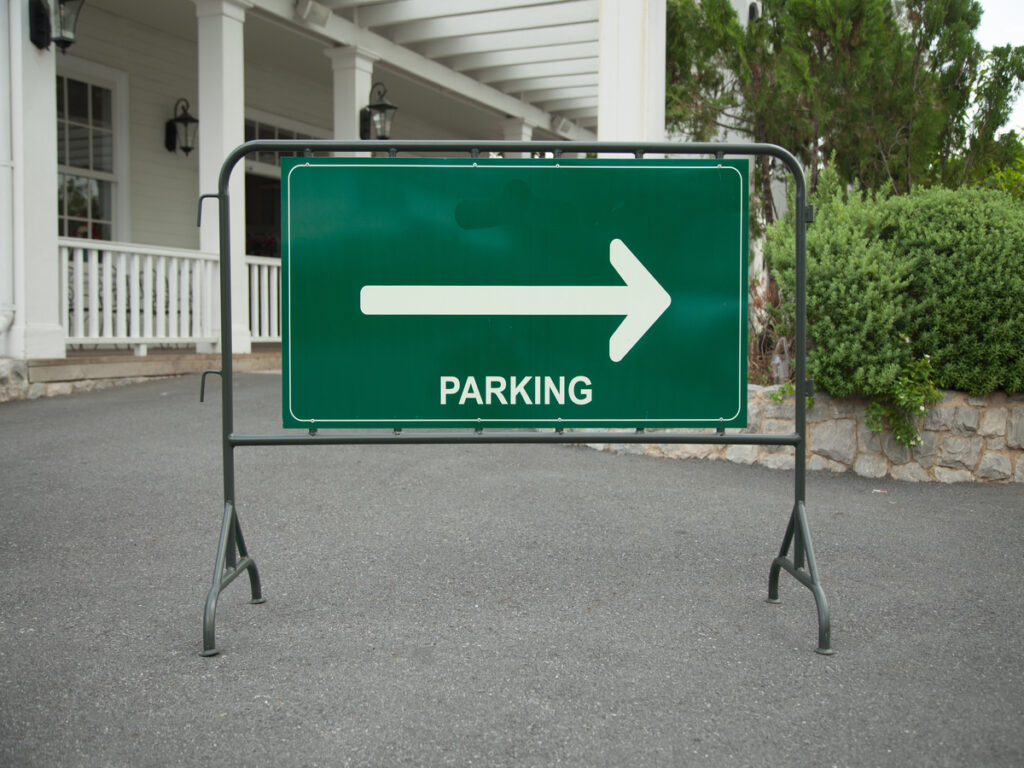
Алюминий
Алюминий очень распространенный выбор для рамки дорожных знаков. Это свет, Так что легко перемещать и настроить. Хотя это легкий, алюминий сильный и длится долго. Он может справиться с плохой погодой, не сломавшись или ржаветь. Это отлично подходит для дождливых или влажных мест. Алюминиевые рамки часто длится более десяти лет, Даже при тяжелом использовании.
Еще одна хорошая вещь в алюминиеме - это то, что его можно переработать. Старые алюминиевые рамки можно использовать повторно, что помогает окружающей среде. Но, Цена на алюминий может измениться в зависимости от рынка. Хотя сначала это может стоить дороже, это не нужно много исправления. Это делает его разумным выбором со временем.
Сталь
Сталь жесткий и сильный материал для рамки дорожного знака. Он хорошо работает в оживленных местах или в местах с тяжелыми потребностями. Сталь может иметь большой вес, Так что это хорошо для больших или индивидуальных знаков. Но сталь тяжелее алюминия, Так что поднять его может быть труднее.
Одна проблема со сталью заключается в том, что он может ржаветь. Чтобы остановить это, Стальные рамки часто покрываются специальными слоями, такими как гальванизация. Эти покрытия могут сделать его дороже. Все еще, Сталь - хороший вариант, если у вас ограниченный бюджет. Когда заботится о, каркасы стальных знаков могут длиться более десяти лет, Так же, как алюминий.
Пластик
Рамки пластиковых знаков-хороший выбор для краткосрочных или дешевых знаков. Они легкие, легко носить, и просто настроить. Пластик стоит меньше металла, Так что это отлично подходит для быстрых проектов или с низким трафиком.
Но пластик не такой сильный, как алюминий или сталь. Он изнашивается быстрее в плохую погоду, как сильное солнце или сильный дождь. Пластиковые рамки обычно длится около пяти лет с нормальным использованием. Даже с этими недостатками, Пластик полезен при экономии денег, а простота использования наиболее важна.
| Материал | Долговечность | Влияние стоимости | Проблемы соблюдения | Продолжительность жизни под сильным использованием |
|---|---|---|---|---|
| Сталь | Высокий | +20% | Строгие правила | 10+ годы |
| Алюминий | Высокий | Изменения | Строгие правила | 10+ годы |
| Пластик | Середина | Ниже | Меньше правил | 5 годы |
Кончик: Подумайте о потребностях своего проекта, прежде чем выбирать материал. Алюминий лучше всего подходит для долгосрочного использования, сталь отлично подходит для жесткой работы, и пластик работает для временных знаков.
Древесина
Дерево дает натуральный и классический образ для рамки знаков. Он хорошо вписывается в парки, тропы, или живописные места. Многие люди выбирают древесину, потому что это выглядит красиво и соответствует природе. Деревянные знаки часто используются в таких областях, как пешеходные дорожки или исторические места.
Рамки для деревянных дорожных знаков сильны, но нуждаются в заботе, чтобы продлиться дольше. Влага, ошибки, и гниль может повредить им. Добавление защитных покрытий помогает сохранить их в хорошей форме. Без регулярного ухода, Древесина ломается быстрее, чем алюминий или сталь знаки рамки.
Древесина легко сформировать в индивидуальные дизайны. Это отлично подходит для знаков, где выглядит больше, чем сила. Это не лучший выбор для занятых или промышленных зон. Но это хорошо работает для декоративных знаков в тихих местах.
Кончик: Выберите древесину, если вам нужны знаки, которые хорошо выглядят и хорошо работают в спокойных областях.
Составные материалы
Композитные материалы смешивают такие вещи, как пластик, стекловолокно, и смола. Эти материалы прочные и гибкие для многих применений. Они легкие и легко справляются с плохой погодой.
Композиты отлично подходят для мест с жестким климатом. Они не ржавеют, тускнеть, или впитать воду. В отличие от дерева, Композиты нуждаются в небольшом уходе, Экономия времени и усилий. Они длится долго и идеально подходят для вывесок на открытом воздухе в суровых условиях.
Композиты также экологичны. Многие используют переработанные детали, который помогает планете. Если вы заботитесь об окружающей среде, Композиты - умный выбор. Они могут быть сформированы в специальные дизайны для уникальных знаков.
Примечание: Композитные материалы долговечны, рентабельный, и экологически чистый. Они отличный выбор для современных знаков.
Факторы, которые следует учитывать при выборе материала на открытом воздухе

Долговечность
Долговечность является ключевым при выборе материала для знака на открытом воздухе. Сильная рама знака безопасности может справиться с жесткой погодой, как ветер, дождь, или солнечный свет. Алюминий и акрил - отличный выбор, потому что они длится долго. Алюминий легкий, но сильный, Сделать его любимым для знаков на открытом воздухе. Акрил также жесткий и сопротивляется воде, химикаты, и ультрафиолетовые лучи.
Различные материалы длятся в течение разных времен. Гофрированный пластик дешевый, но со временем изгибается, Так что это лучше для краткосрочных знаков. ПВХ и винил более сильнее и хорошо работают для долгосрочных знаков на открытом воздухе.
| Материал | Особенности долговечности | Детали продолжительности жизни |
|---|---|---|
| Акрил | Очень сильный, сопротивляется воде, химикаты, и ультрафиолетовые лучи. | Отлично подходит для долгосрочного использования, Особенно в освещенных знаках. |
| Алюминий | Свет, долговечный, и легко формировать; может отражать солнечный свет. | Сильна в целом, но может повлиять на погоду. |
| Гофрированный пластик | Дешево, но изгибается и деформируется со временем; хорошо для краткосрочного использования. | Лучше всего для временных знаков; не для долгосрочного использования. |
| ПВХ | Сильный и гибкий; тяжелее гофрированного пластика. | Хорошо работает для долгосрочных знаков, таких как рекламные щиты. |
| Винил | Свет, Легко поддерживать, и гибкий; используется для многих знаков. | Долговечный, Но срок службы зависит от воздействия погоды. |
Кончик: Выберите материал, который соответствует потребностям вашего проекта. Для прочных знаков, Выберите долговечность по цене.
Погодная сопротивление
Рамки на открытом воздухе должны пережить всевозможные погоды. Материалы, как алюминий и композиты сопротивляются ржавчине и коррозии, сделать их идеальными для дождливых или влажных мест. Акрил отлично подходит для солнечных областей, потому что он не легко исчезает.
Пластиковые материалы легкие и просты в использовании, но не длится долго в плохую погоду. Например, гофрированный пластик может сгибаться в огне или проливном дожде. Если ваш знак столкнется с жесткой погодой, выбирать алюминий или композиты. Эти материалы держат ваш знак сильным и ясным на протяжении многих лет.
Расходы
Стоимость важна при выборе материала. Некоторый, нравиться алюминий, стоить дороже, но со временем сэкономьте деньги. Алюминий нуждается в небольшом заботе, сделать это умным долгосрочным выбором.
Для более дешевых вариантов, Пластиковый или гофрированный пластик хорошо работает. Но это может потребоваться заменить часто, Что добавляет к затратам. ПВХ и винил доступны и долговечны, сделать их хорошими для среднесрочных знаков.
Примечание: Подумайте о общих затратах, включая настройку и содержание, При выборе материала. Потратить больше на качество сейчас может сэкономить позже.
Требования к обслуживанию
Подумайте о том, сколько помощи понадобится рамке. Некоторые материалы нуждаются в частых содержании, В то время как другим нужна небольшая работа. Алюминий легко поддерживать. Это не ржавеет и не корреет, Так что обычного ремонта не требуется. Это делает его идеальным для долгосрочного использования в жесткой погоде.
Сталь Нужно больше заботы. Без защитного слоя, это может ржаветь, Особенно в влажных или прибрежных районах. Вам, возможно, придется повторно применить покрытия или проверять их часто, чтобы сохранить его сильным. Пластик Рамки дорожных знаков просты в чистке, но изнашиваются быстрее в плохую погоду. Вам может потребоваться заменить их раньше, чем ожидалось.
Рамки для деревянных знаков нуждаются в большинстве забот. Влага, ошибки, и гниль может навредить им. Вам нужно часто использовать герметики или процедуры. Композитные материалы - хорошая средняя земля. Они сопротивляются погодным повреждениям и нуждаются в небольшом обслуживании, Делать их отлично подходит для индивидуальных знаков в жестких условиях.
Кончик: Чтобы сэкономить время и деньги, выбирать алюминий или композиты. Они длится долго и нуждаются в меньшем техническом обслуживании.
Воздействие на окружающую среду
Подумайте о том, как материал влияет на окружающую среду. Алюминий и композиты экологичны. Алюминий может быть переработан, Так что старые кадры можно повторно. Это сокращает отходы и экономит ресурсы. Композиты часто используют переработанные детали, который снижает их воздействие на окружающую среду.
Пластик Рамки дорожных знаков дешевые и легкие, но менее экологичные. Их трудно перерабатывать и могут добавить к отходам на свалке. Сталь может быть переработано, но требует много энергии, чтобы сделать, Повышение углеродного следа. Древесина естественна, но может вызвать обезлесение, если не получено тщательно.
Использование экологически чистых материалов помогает планете и поддерживает зеленые цели. Например, переработан алюминий или композиты уменьшают отходы и поддерживают круговую экономику. Эти материалы являются долговечными и экологически ответственными, Делать их отлично подходит для зеленых проектов.
Примечание: Выбирать алюминий или композиты для устойчивых и высококачественных знаков.
Сравнение материалов вывесок: Плюсы и минусы
Алюминий против. Сталь
Алюминий и сталь имеют четкие различия в прочности и сопротивлении ржавчине. Алюминий очень сильный и не ржавеет, Делать это отличным для влажных зон. Сталь сильнее под давлением и может иметь больший вес. Но сталь нуждается в специальных покрытиях, чтобы остановить ржавчину.
| Материал | Сила | Сопротивление ржавчины |
|---|---|---|
| Алюминий | Высокий (сильна в тестах) | Может корродировать на границах зерна |
| Сталь | Умеренный (обрабатывает стресс) | Более медленная ржавая, чем некоторые алюминиевые типы |
Алюминий легкий, Так что это проще установить, Даже для больших знаков. Сталь тяжелее, Что затрудняет обращение с ним, но более сильнее для индивидуальных дизайнов. Сначала алюминий стоит дороже, но нуждается в меньшем заботе, Экономия деньги позже. Сталь дешевле, но стоит дороже со временем.
Кончик: Выберите алюминий для долгосрочных рамок знаков в жесткую погоду. Используйте сталь для сильных знаков, нуждающихся в дополнительной прочности.
Пластик против. Древесина
Пластик и дерево хороши для различных видов использования. Пластик легкий и дешевый, Идеально подходит для краткосрочных знаков. Он сопротивляется воде, но ломается быстрее при солнечном свете или в плохой погоде. Дерево выглядит естественным и хорошо вписывается в парки или живописные места.
Пластик нуждается в небольшом уходе, но не длится дольше, как дерево. Древесина длится дольше, если обрабатывается герметиками для блокировки воды и жуков. Пластик легко формировать, В то время как древесина допускает подробные дизайны, которые отлично смотрятся в декоративных областях.
Примечание: Используйте пластик для временных или недорогих знаков. Выберите древесину для знаков, где больше всего внешний вид и качество имеет значение.
Составные материалы против. Традиционные варианты
Композиты смешивают материалы, такие как пластик и стекловолокно, сделать их сильными и гибкими. В отличие от дерева или стали, Композиты не ржавеют, тускнеть, или впитать воду. Они хорошо работают в суровую погоду и нуждаются в небольшом уходе.
Композиты легкие и просты в установке. Они экологичны, потому что они часто используют переработанные материалы. Традиционные материалы, такие как древесина или сталь, нуждаются. Композиты долговечны, рентабельный, И лучше для планеты, Сделать их отличным выбором для знаков на открытом воздухе.
Кончик: Используйте композиты для сильного, экологически чистые знаки в тяжелую погоду.
Рекомендации по материалам рамы дорожного знака на основе вариантов использования
Городские районы
В городах, Дорожные знаки должны быть сильными и простыми в установке. Алюминий Знаки рамки - лучший выбор для этих мест. Они легкие, Упростить их на оживленных улицах. Алюминий Также не ржавеет, Так что это отлично подходит для районов с дождем или загрязнением.
Городские знаки часто должны следовать специальным правилам или выглядеть определенным образом. Алюминий легко формировать, так что это хорошо работает для индивидуальных дизайнов. Это длится много времени и не требует большого количества исправлений, Экономия денег со временем.
Кончик: Выбирать алюминий Для знаков города, чтобы получить долговечность и сэкономить деньги.
Шоссе и автострады
Шоссе нужны дорожные знаки, которые могут справиться с жесткой погодой и сильными ветрами. Сталь Знаки рамки сильны и хорошо держатся в этих условиях. Они могут поддерживать большие знаки и оставаться устойчивыми в плохую погоду.
Но сталь может ржавчина, Так что для его защиты требуется покрытие. Это особенно важно в местах с большим количеством дождя или снега. Пока сталь Стоит на первое место, Вы будете тратить больше на содержание. Для долгосрочного использования, алюминий Также хороший выбор, потому что он сопротивляется ржавчине и нуждается в меньшем заботе.
Примечание: Для автомагистралей, Выберите материалы, которые являются сильными и безопасными для тяжелого использования.
Временные или на основе событий знаки
Временные знаки, Как и для строительства или мероприятий, должен быть легким и дешевым. Пластик Знаки рамки являются лучшим вариантом для этих целей. Их легко двигаться, настраивать, и снять, сделать их идеальными для краткосрочных потребностей.
Пластик Бюджетный, но не длится дольше, как металл. Если вы хотите что-то более долговечное и экологически чистое, Попробуйте композитные материалы. Они сильнее, чем пластик и часто делается из переработанных деталей, сделать их лучше для окружающей среды.
Кончик: Использовать пластик Для быстрых настройков и композитов для зеленого, временные знаки.
Промышленные или тяжелые применения
Для жесткой работы, Рамки дорожного знака должны справиться с резкими условиями. Эти районы часто имеют интенсивное движение, Плохая погода, и нужны знаки, которые последуются. Выбор правильного материала сохраняет знаки сильными и легко увидеть со временем.
Сталь отлично подходит для сильного использования, потому что оно очень сильное. Это держит большие, Пользовательские знаки, которые нуждаются в дополнительной поддержке. Но сталь может ржаветь, Так что ему нужны специальные покрытия, Особенно во влажных местах. Алюминий еще один хороший выбор. Это не ржавее и легче, Облегчение установки при остановке долговечной.
Тестирование материалов помогает найти лучший вариант для жесткой работы. В таблице ниже показаны результаты тестов на тяжелые материалы:
| Описание доказательств | Показатель производительности | Источник |
|---|---|---|
| Срок службы, оцененный на основе измеренного RL, пока он не упал ниже 150 MCD/M2/LX | Долговечность в фактических условиях использования | Связь |
| Высокопроизводительная водяная дорожная маркировка | Сравнение долговечности материала | Связь |
| Премиальная система системы выдержала самую высокую нагрузку на трафик | Производительность в условиях тяжелых условий | Связь |
Эти тесты показывают, как важно выбирать материалы, которые длится и остаются видимыми. Например, Премиальные системы для занятых областей являются сильными и надежными.
Кончик: Используйте материалы, такие как сталь или алюминий для сильного, длительные признаки в жесткой среде.
Экологически чистые или устойчивые проекты
Экологичные проекты нуждаются в материалах, которые полезны для планеты, но все еще работают хорошо. Выбор устойчивых материалов для дорожных знаков помогает уменьшить отходы и поддерживает зеленые цели.
Алюминий и композитные материалы-лучшие экологически чистые выборы. Алюминий можно полностью переработать, Таким образом, старые кадра можно повторно использоваться без потери силы. Композиты часто используют переработанные детали, Сделать их умным выбором для снижения воздействия знаков на окружающую среду на окружающую среду.
Анализ жизненного цикла (LCA) проверяет, как материалы влияют на окружающую среду. Он смотрит на каждый шаг, От получения сырья до выброса их. Таблица ниже объясняет шаги в LCA:
| Шаг | Описание |
|---|---|
| Извлечение сырья | Получение материалов, необходимых для производства продукции. |
| Производство & Обработка | Превращение материалов в готовые продукты. |
| Транспорт | Перемещение продуктов туда, где они нужны. |
| Использование & Розничная торговля | Время, когда люди используют продукт. |
| Утилизация отходов | Переработка или выбрасывание продукта. |
LCA помогает вам с умом выбирать материалы. Например:
- Он проверяет, как материалы влияют на окружающую среду.
- Это дает полезные советы для лучшего выбора.
- Он измеряет, насколько зеленый материал.
Использование переработанного алюминия или композитов имеет два преимущества. Они сокращают отходы и помогают планете, будучи сильными и доступными для знаков.
Примечание: Для экологически чистых проектов, Выберите материалы, которые долговечны и добры к окружающей среде.
Выбор правильного материала для вашего дорожного знака очень важно. Материалы, такие как алюминий, сталь, и у композитов есть свои сильные стороны. Алюминий легкий и длится долго, Делать это отличным для городов. Сталь сильна и хорошо подходит для тяжелых рабочих мест. Композиты экологичны и хороши для индивидуальных дизайнов. Подумайте о потребностях своего проекта, как стоимость, погода, и видимость. Выбор правильного материала помогает вашему знаку продлиться дольше и работать лучше. Совместите материал с вашим проектом, чтобы получить наилучшие результаты.
Часто задаваемые вопросы
Какой материал длится самые длинные для кадров дорожных знаков?
Алюминий и сталь очень прочные и долговечные. Алюминий не ржавеет и хорошо справляется с плохой погодой. Сталь прочнее и подходит для тяжелых знаков.. Оба служат долго и надежны..
Как выбрать лучший материал для нестандартных вывесок??
Подумайте, что нужно вашему проекту. Алюминий легкий и служит долго. Сталь лучше подходит для тяжелых работ. Композиты экологичны и прочны.. Выберите материал, который соответствует назначению и местоположению вашей вывески..
Почему следует использовать композитные материалы?
Композиты прочные, сопротивляться плохой погоде, и являются экологически чистыми. Они не ржавеют, тускнеть, или впитать воду. Многие композиты изготовлены из переработанных деталей., делая их полезными для планеты и наружных знаков.
Подходят ли пластиковые рамы для уличных вывесок?
Пластик отлично подходит для краткосрочных или дешевых вывесок.. Он легкий и простой в настройке. Но в плохую погоду это длится недолго., так что это не лучший вариант для постоянных уличных вывесок.
Как я могу сделать свой дорожный знак длиться дольше?
Используйте алюминиевые или композиты для сильных, Длительные рамки. Очистить и защищать стальные или деревянные рамы, чтобы держать их в хорошей форме. Правильно установите знаки, чтобы избежать повреждений с течением времени.

